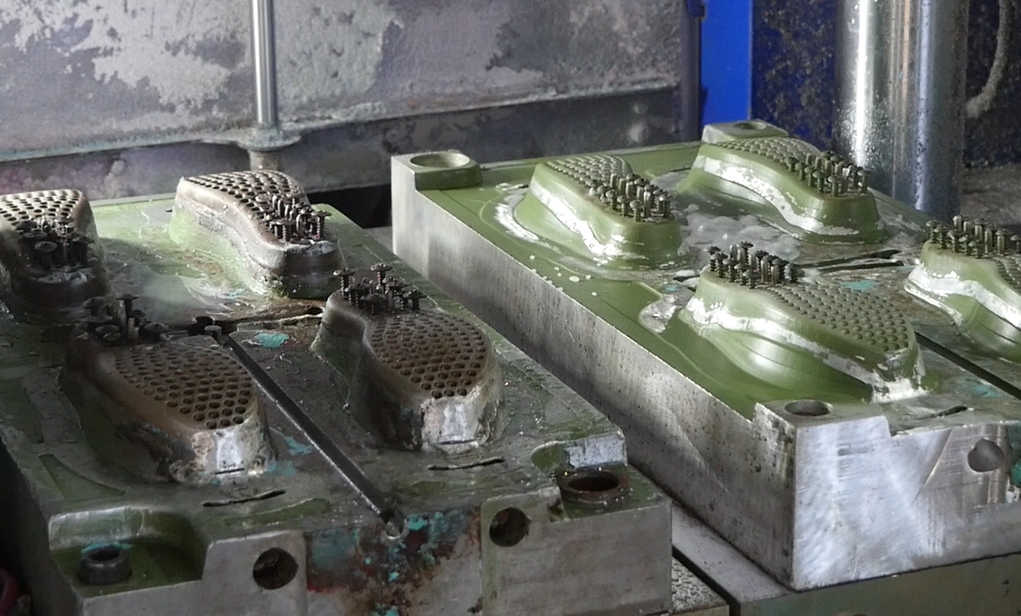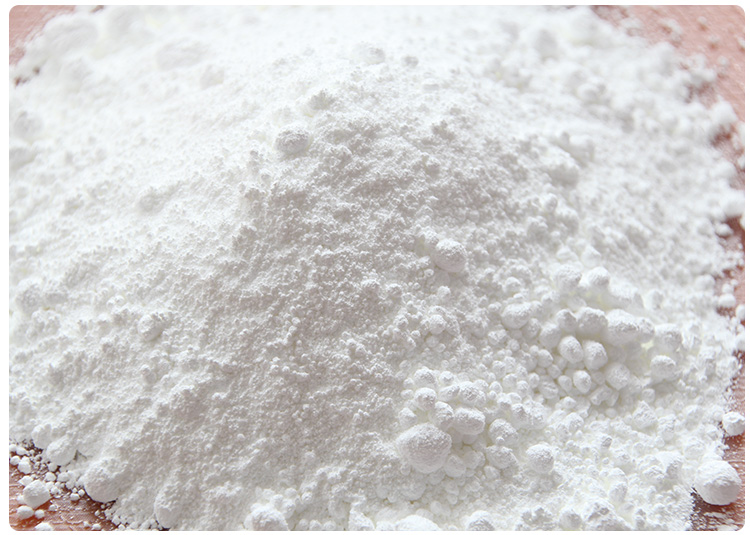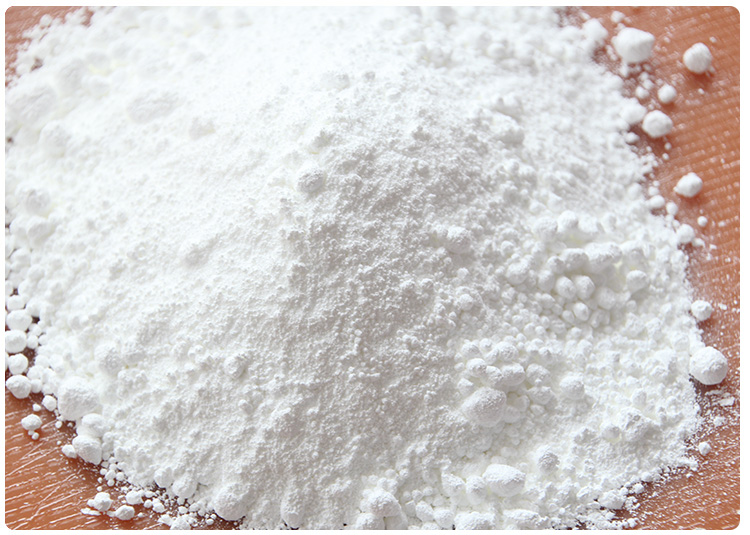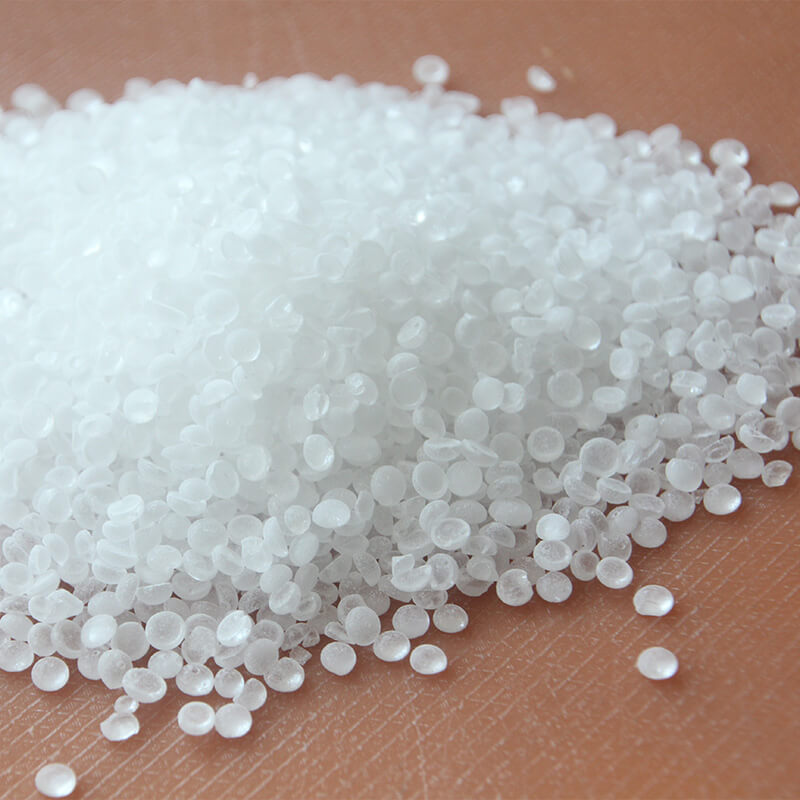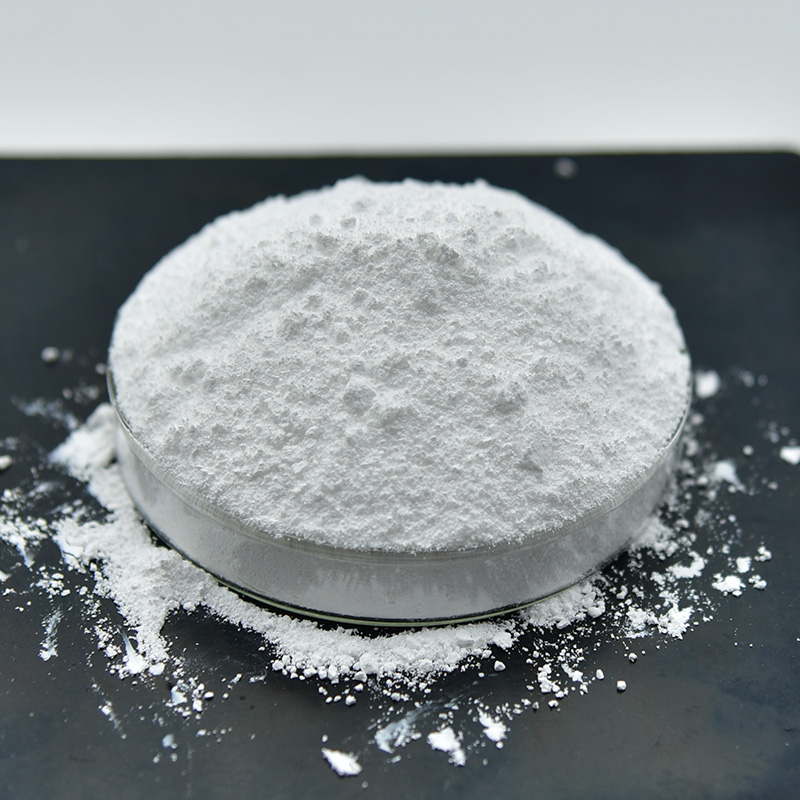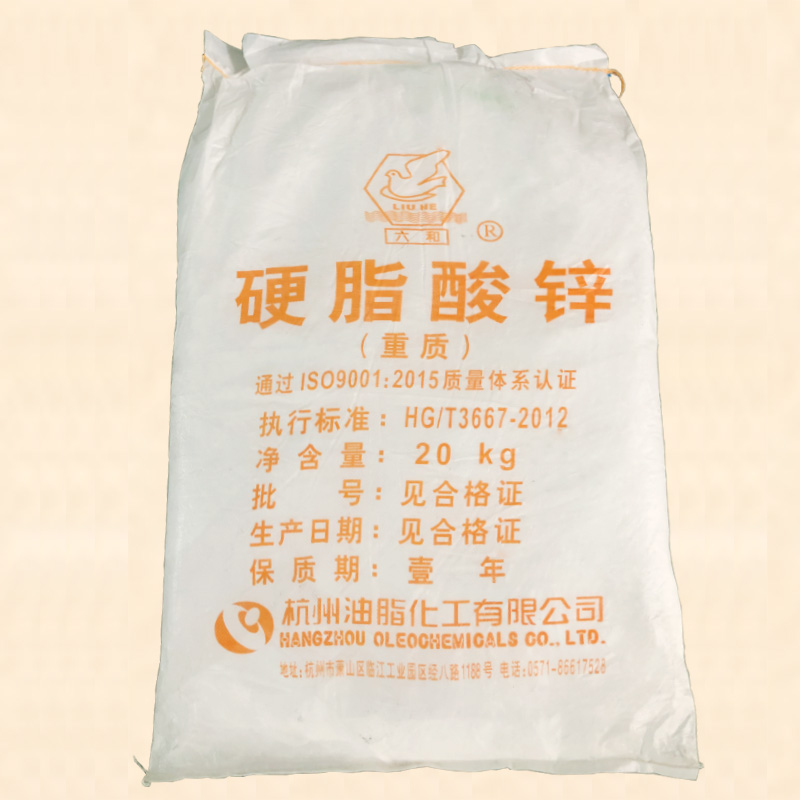EVA ip injection FAQ
- Mingpai
- 2024-06-24 10:52:52
EVA IP (Injection Process) molding, commonly used in industries such as footwear, toys, and sports equipment production, encounters several frequent challenges:
Sticking to Mold: As previously discussed, this issue arises potentially due to high mold temperatures, improper release agent application, insufficient cooling times, or incorrect usage of crosslinkers.
Dimensional Instability: Variations in product dimensions post-molding can result from uneven cooling rates, incorrect mold temperature control, or differential shrinkage rates of the material.
Surface Defects: Issues like bubbles, sink marks, or flow lines may stem from inadequate material drying, overly rapid injection speeds, poor mold venting, or contamination within the material.
Color Variation: Uneven coloration in EVA products could be attributed to inconsistent dispersion of color masterbatch, insufficient mixing times, or fluctuations in mold temperatures.
Poor Physical Properties: Insufficient hardness, elasticity, or wear resistance might relate to incorrect formulation ratios (e.g., between EVA and other additives), inadequate crosslinking, or suboptimal molding conditions.
Low Yield: Low production efficiency could stem from aging equipment, inadequate mold maintenance, poorly set cycle times, or insufficient operator skills.
Mold Wear: Extended production periods can lead to mold wear, affecting product quality, necessitating regular inspections and maintenance.
Material Flow Issues: The flowability of EVA melt significantly impacts molding quality; excessively high injection pressures may cause flash, while too low pressures may result in inadequate filling.
Addressing these challenges requires a holistic approach, considering material properties, mold design, processing parameters, and post-processing steps. Adjustments and optimizations are key to enhancing product quality and manufacturing efficiency.
